Travelers 2005 Annual Report Download - page 50
Download and view the complete annual report
Please find page 50 of the 2005 Travelers annual report below. You can navigate through the pages in the report by either clicking on the pages listed below, or by using the keyword search tool below to find specific information within the annual report.-
 1
1 -
 2
2 -
 3
3 -
 4
4 -
 5
5 -
 6
6 -
 7
7 -
 8
8 -
 9
9 -
 10
10 -
 11
11 -
 12
12 -
 13
13 -
 14
14 -
 15
15 -
 16
16 -
 17
17 -
 18
18 -
 19
19 -
 20
20 -
 21
21 -
 22
22 -
 23
23 -
 24
24 -
 25
25 -
 26
26 -
 27
27 -
 28
28 -
 29
29 -
 30
30 -
 31
31 -
 32
32 -
 33
33 -
 34
34 -
 35
35 -
 36
36 -
 37
37 -
 38
38 -
 39
39 -
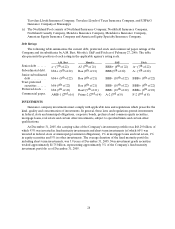 40
40 -
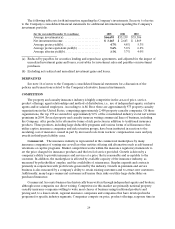 41
41 -
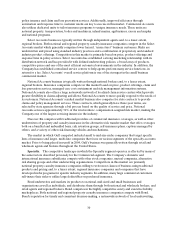 42
42 -
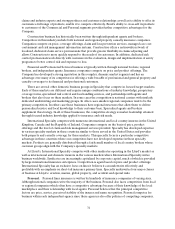 43
43 -
 44
44 -
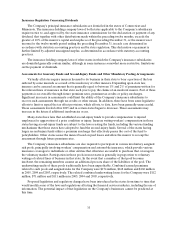 45
45 -
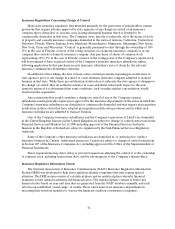 46
46 -
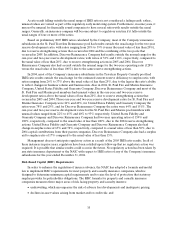 47
47 -
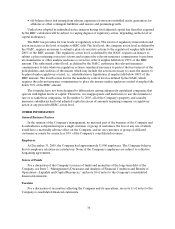 48
48 -
 49
49 -
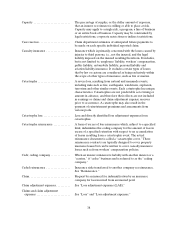 50
50 -
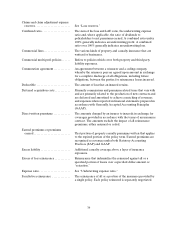 51
51 -
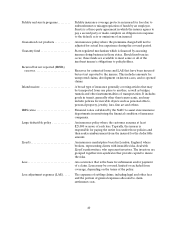 52
52 -
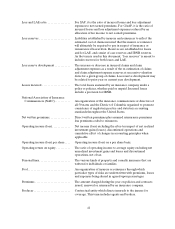 53
53 -
 54
54 -
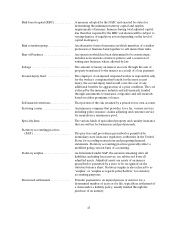 55
55 -
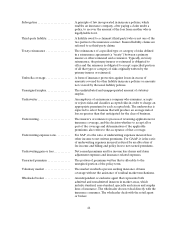 56
56 -
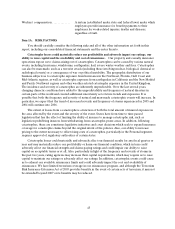 57
57 -
 58
58 -
 59
59 -
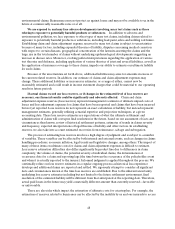 60
60 -
 61
61 -
 62
62 -
 63
63 -
 64
64 -
 65
65 -
 66
66 -
 67
67 -
 68
68 -
 69
69 -
 70
70 -
 71
71 -
 72
72 -
 73
73 -
 74
74 -
 75
75 -
 76
76 -
 77
77 -
 78
78 -
 79
79 -
 80
80 -
 81
81 -
 82
82 -
 83
83 -
 84
84 -
 85
85 -
 86
86 -
 87
87 -
 88
88 -
 89
89 -
 90
90 -
 91
91 -
 92
92 -
 93
93 -
 94
94 -
 95
95 -
 96
96 -
 97
97 -
 98
98 -
 99
99 -
 100
100 -
 101
101 -
 102
102 -
 103
103 -
 104
104 -
 105
105 -
 106
106 -
 107
107 -
 108
108 -
 109
109 -
 110
110 -
 111
111 -
 112
112 -
 113
113 -
 114
114 -
 115
115 -
 116
116 -
 117
117 -
 118
118 -
 119
119 -
 120
120 -
 121
121 -
 122
122 -
 123
123 -
 124
124 -
 125
125 -
 126
126 -
 127
127 -
 128
128 -
 129
129 -
 130
130 -
 131
131 -
 132
132 -
 133
133 -
 134
134 -
 135
135 -
 136
136 -
 137
137 -
 138
138 -
 139
139 -
 140
140 -
 141
141 -
 142
142 -
 143
143 -
 144
144 -
 145
145 -
 146
146 -
 147
147 -
 148
148 -
 149
149 -
 150
150 -
 151
151 -
 152
152 -
 153
153 -
 154
154 -
 155
155 -
 156
156 -
 157
157 -
 158
158 -
 159
159 -
 160
160 -
 161
161 -
 162
162 -
 163
163 -
 164
164 -
 165
165 -
 166
166 -
 167
167 -
 168
168 -
 169
169 -
 170
170 -
 171
171 -
 172
172 -
 173
173 -
 174
174 -
 175
175 -
 176
176 -
 177
177 -
 178
178 -
 179
179 -
 180
180 -
 181
181 -
 182
182 -
 183
183 -
 184
184 -
 185
185 -
 186
186 -
 187
187 -
 188
188 -
 189
189 -
 190
190 -
 191
191 -
 192
192 -
 193
193 -
 194
194 -
 195
195 -
 196
196 -
 197
197 -
 198
198 -
 199
199 -
 200
200 -
 201
201 -
 202
202 -
 203
203 -
 204
204 -
 205
205 -
 206
206 -
 207
207 -
 208
208 -
 209
209 -
 210
210 -
 211
211 -
 212
212 -
 213
213 -
 214
214 -
 215
215 -
 216
216 -
 217
217 -
 218
218 -
 219
219 -
 220
220 -
 221
221 -
 222
222 -
 223
223 -
 224
224 -
 225
225 -
 226
226 -
 227
227 -
 228
228 -
 229
229 -
 230
230 -
 231
231 -
 232
232 -
 233
233 -
 234
234 -
 235
235 -
 236
236 -
 237
237 -
 238
238 -
 239
239 -
 240
240 -
 241
241 -
 242
242 -
 243
243 -
 244
244 -
 245
245 -
 246
246 -
 247
247 -
 248
248 -
 249
249 -
 250
250 -
 251
251 -
 252
252 -
 253
253 -
 254
254 -
 255
255 -
 256
256 -
 257
257 -
 258
258
 |
 |
38
Capacity .......................... The percentage of surplus, or the dollar amount of exposure,
that an insurer or reinsurer is willing or able to place at risk.
Capacity may apply to a single risk, a program, a line of business
or an entire book of business. Capacity may be constrained by
legal restrictions, corporate restrictions or indirect restrictions.
Case reserves ...................... Claim department estimates of anticipated future payments to
be made on each specific individual reported claim.
Casualty insurance................. Insurance which is primarily concernedwith the losses caused by
injuries to third persons, i.e., not the insured, and the legal
liability imposed on the insured resulting therefrom. It includes,
but is not limited to, employers’ liability, workers’ compensation,
public liability, automobile liability, personal liability and
aviation liability insurance. It excludes certain types of losses
that by law or custom are considered as being exclusively within
the scope of other types of insurance, such as fire or marine.
Catastrophe ....................... A severe loss, resulting from natural and manmade events,
including risks such as fire, earthquake, windstorm, explosion,
terrorism and other similar events. Each catastrophe has unique
characteristics. Catastrophes are not predictable as to timing or
amountin advance, and therefore their effects are not included
in earnings or claims and claim adjustment expense reserves
prior to occurrence. A catastrophe may also result in the
payment of reinstatement premiums and assessments from
various pools.
Catastrophe loss................... Loss and directly identified loss adjustment expenses from
catastrophes.
Catastrophe reinsurance ............ A form of excess of lossreinsurance which,subject to a specified
limit, indemnifies the ceding company for the amount of loss in
excess of a specified retention with respect to an accumulation
of losses resulting from a catastrophic event. The actual
reinsurance document is called a “catastrophe cover.” These
reinsurance contracts are typically designed to cover property
insurance losses but can be written to cover casualty insurance
losses such as from workers’ compensation policies.
Cede; ceding company.............. When an insurer reinsures its liability with anotherinsurer or a
“cession,” it “cedes” business and is referred to as the “ceding
company.”
Ceded reinsurance................. Insurance risks transferred to another company as reinsurance.
See “Reinsurance.”
Claim............................. Request by an insuredfor indemnification by an insurance
company for loss incurred from an insured peril.
Claim adjustment expenses .......... See “Loss adjustment expenses (LAE).”
Claims and claim adjustment
expenses ........................ See “Loss” and “Loss adjustment expenses.”
